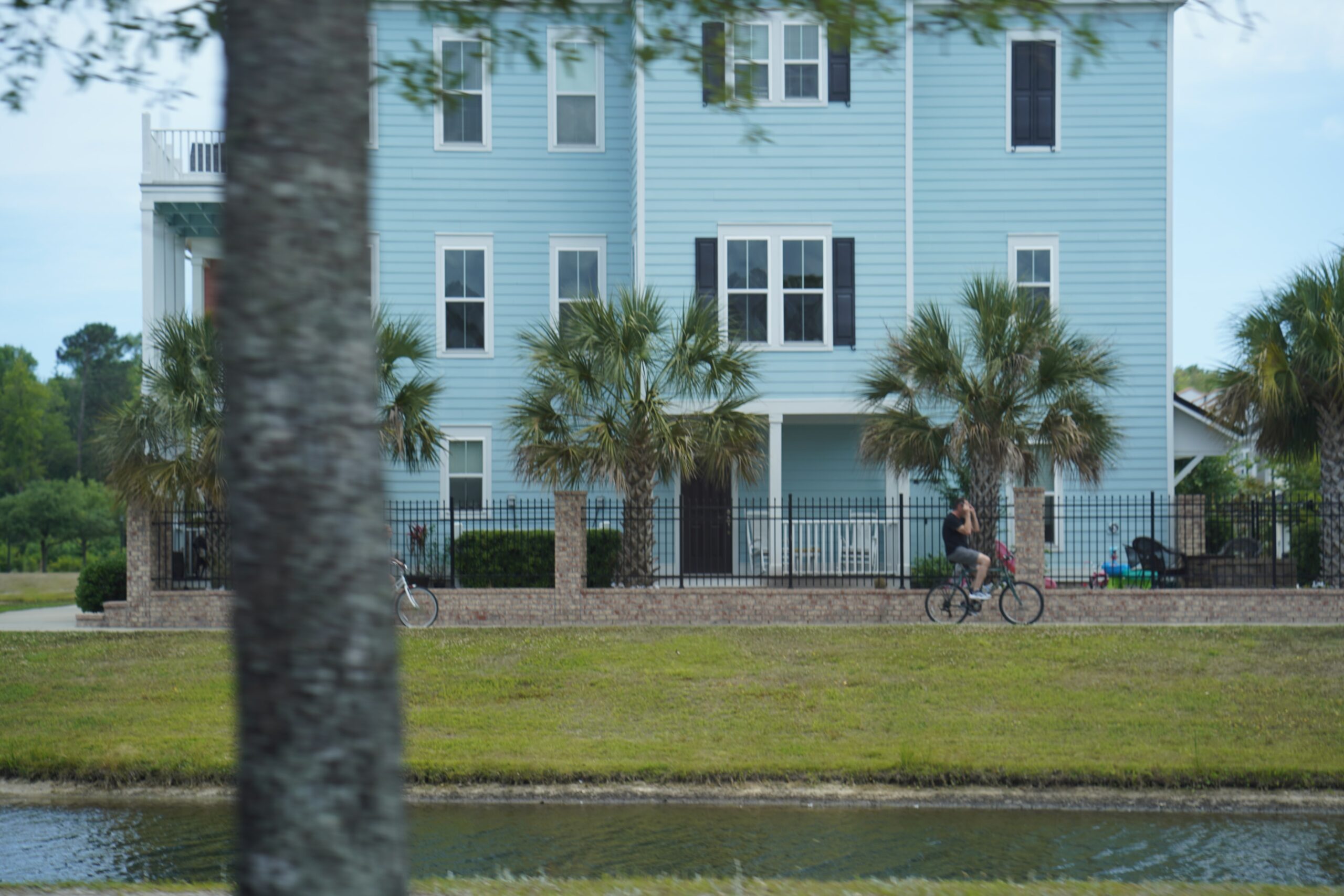Gated community’s popularity skyrocketed in recent years due to the noiseless living, security, and resident-only amenities. Unlike suburbs, gated communities have selective entrances to diminish the chances of burglary, harassment, traffic accidents, and other criminal offenses. Hence, these communities became the first choice among executives, athletes, celebrities, retirees, and families with kids.
5 Reasons Behind Gated Communities Being Safer than Regular Neighborhoods
1. Limited Access Point
Gated neighborhoods mostly have one entrance, where security personnel verify credentials and deter unfamiliar individuals. Since the electronic gates are password-protected and contain embedded technology, entering without proper documentation is virtually impossible. Hence, the possibility of vandalism, street crime, and property crime decreases significantly.
Moreover, the residents are obliged to use RFID-sticker cars- meaning unauthorized vehicle entries are restricted. In some neighborhoods, every car must pass a manual security verification before entering the community.
2. 24/7 Surveillance
Gated communities possess an individual wing to monitor all (internal and along the boundary) activities surrounding the community. The surveillance team places the detection devices in strategic points of the premise, such as playgrounds, parks, entryways, and boundary lines; they work 24 hours, covering all day and night activities.
Apart from CCTV, perimeter sensors, night vision, and RFID gate access, enclosed societies devices, emergency plans, and routine check-ups after a particular time gap. To ensure the full support of the residents for security measures, they receive training through engagement activities and security drills.
3. Supervised Movements
When it comes to welcoming outsiders or throwing a barnyard party or barbecue, a gated community leaves no stone unturned. Even the family members of the residents and frequent visitors need passes and clarification from the GCA(Gated Community Association) beforehand. Throwing an intimate event in the backyard requires permission regarding the time limit and fireworks approval to ensure the neighbor’s comfort and decrease fire hazards.
The supervision movements continue for renovation workers, too. If a homeowner wants to make changes, they must provide data about the crew and how long they might work. Additionally, they are required to inform the GCA before entering with big purchases- furniture, appliances, construction materials, etc.
4. Minimum Chance of Traffic Accidents
Electric gates and fences cut down unwanted car and foot traffic in a gated community throughout the day and early morning, reducing street crime and accidents. As these closed communities have their own traffic rules to curb speed, the chance of a child or elderly getting hurt by a motor vehicle accident nears zero. This ambiance provides the perfect setting for walkers, kids with strollers, joggers, dog walkers, and regular pedestrians.
Since the GCA put the streets under surveillance, speeding or vehicle damage don’t get overlooked. The driver was reprimanded by the HOA and objected to paying proper damage claims. In case a traffic mishap happens by an outsider, the GCA acts fast to work with law enforcement agencies by sharing community surveillance videos.
5. Familiar Neighbors

A gated community builds a database on resident and non-resident movements; frequent visitors must prove their necessity on the premises or a resident’s recommendation. Neighbors get acquainted through athletic activities, communal events, and other social gatherings. Hence, the neighborhood only has familiar faces, and the residents don’t have to fear mishaps from strangers.
Considering the privacy and familiarity of the neighbors, the parents don’t have to guard their children all the time. So, in gated communities, adult supervision is necessary to prevent playtime injuries, not for criminal offenses by strangers.
Exploring 5 Secure Gated Communities in the US
1. Shady Canyon, Orange County (CA)
Shady Canyon tops the list for families seeking a gated community near a splendid school district. The local topography and fencing make it nearly undetectable from the outside- leading to maximum security and privacy. Moreover, the Shady Cannon management built a community of 400 estates; the number helps to monitor the premises and control the traffic efficiently.
2. The Villages at Oak Hill, Franklin (MA)
Tucked in a tranquil pocket near the busy highway and metro, The Village at Oat Hill is the retirement haven for active adults. This 114-home, close-knit community follows a strict security regiment to ensure the safety of the residents. The HOA has specific rules to prevent crimes: keeping the garage light on for an alley townhome, mandatory doorbell CCTV, and parking/vehicle restrictions.
3. Winchester Village, Westchester County (NY)
Living in NY, free of traffic, muggers, smog, crowded sidewalks, and sound pollution, seems like a fairytale. However, the Winchester Village, a gated community from Westchester County, possesses all of these amenities. The neighborhood’s proximity to the city center (a 30-minute drive to Manhattan) turned it into a coveted gated society among homebuyers who want maximum security and the perks of city life.
4. The Landings, Skidaway Island (GA)
Living on an island appeals to many homebuyers, but the isolation from modern amenities and water-bound securities discourages them. The Skidaway Island gated community eliminates doubts through numerous modern features (golf course, country club, trails) and tight security. The security measures include RFID entry tags, temporary visitor passes, and gate access for residents through The Landings Directory.
5. Fiddler’s Creek, Naples (FL)
Fiddler’s Creek, a gated golf community, keeps residents minimal to ensure security and privacy. This gated community has 1.6 homes per gross acre- meaning less than one-third of the land will be developed. Since the community designed private waterbodies and beaches, residents receive maximum security during boating, fishing, and other water activities.
Because of the rising crime rate, homebuyers opted out of urban and suburban neighborhoods. So, many homeowners looking for solitude and serenity were drawn to the gated communities’ quiet surroundings and robust security measures. Apart from the sense of security, gated communities bring like-minded people together and present them with a harmonious lifestyle where they can share their values, hobbies, and aspirations.
Author: Shannon Quantock

